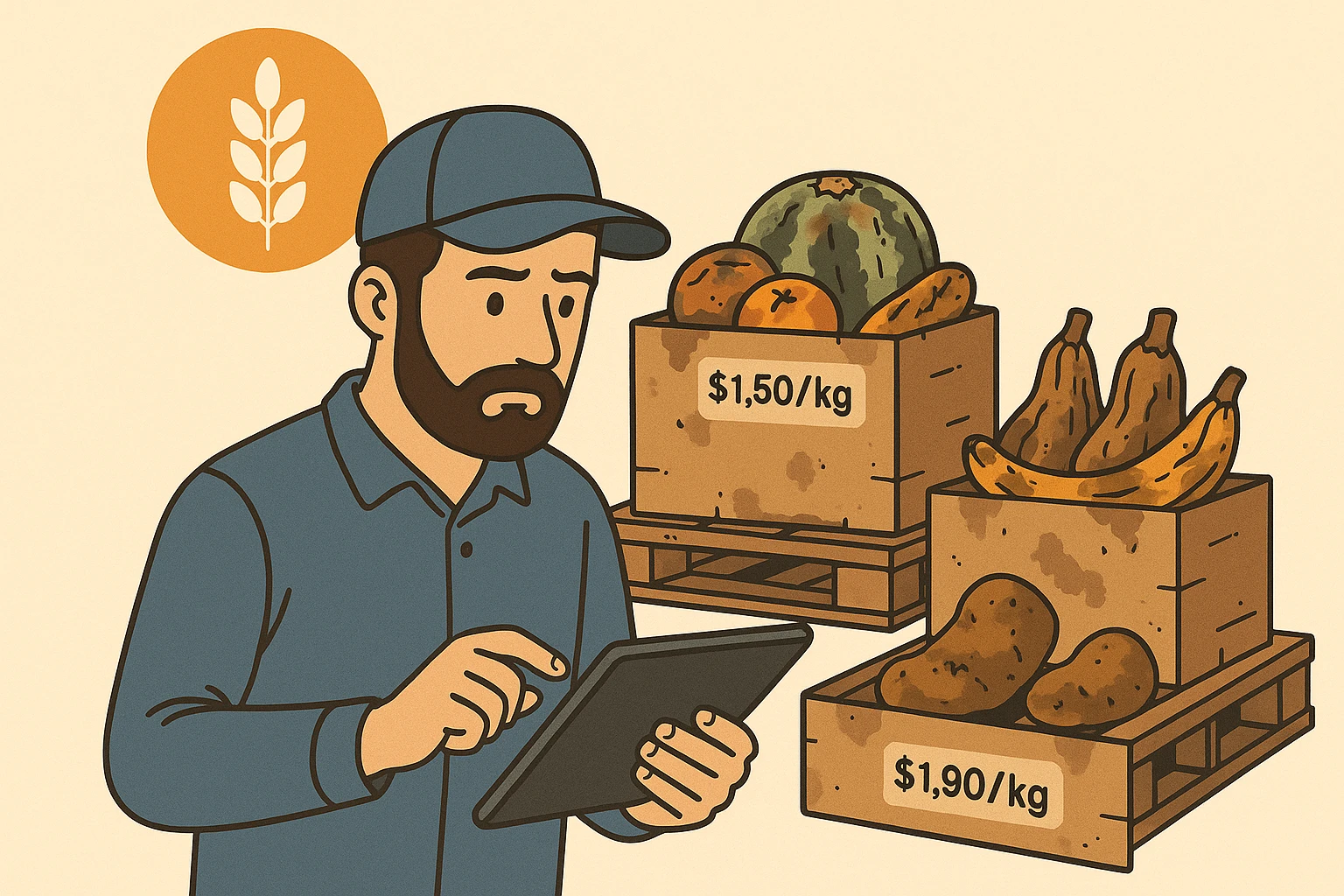When Product Spoils: How to Substantiate Food Losses with Certified Photos
5 min lectura

In certain sectors, losses due to damage or expiry are inevitable. Perishable foods that lose freshness before reaching the point of sale, products that pass their best-before date, broken packaging that compromises product safety, or goods that must be withdrawn for failing to meet proper storage conditions. Each of these losses entails an economic hit, and also a tax challenge.
When it comes time to file the year-end return, the tax authority may require proof that those losses actually occurred. A simple photo or internal report rarely suffices. In tax matters, what counts is not what happens, but what can be proven.
What the Law Says About Deductible Losses
Article 10 of the Corporate Income Tax Law requires that expenses be real, recorded in the accounts, and duly substantiated. Likewise, Article 105.1 of the General Tax Law makes clear that the burden of proof lies with the taxpayer. This means that losses arising from expiry, breakage, or deterioration can be treated as deductible, provided they can be properly documented. Otherwise, the tax authority may deem the evidence insufficient and deny the deduction.Which Situations Generate Deductible Losses
In the food industry, the most frequent causes of loss are:- Expired products or those nearing their cutoff date.
- Spoilage due to a cold-chain failure.
- Deterioration or mold in stored foods.
- Breakage, leaks, or impacts during transport or handling.
- Losses due to product recalls or mandatory sanitary destruction.
The Problem: When the Evidence Falls Short
Many operators keep photos or internal reports to justify losses. But such evidence often lacks a verifiable date, geolocation, or authenticity guarantees. During an audit, the tax authority may argue that the photos could have been taken at another time or that the product does not correspond to the recorded inventory. Even when the loss is real, weak evidence can invalidate the deduction. That is why the key is to use certified electronic evidence that dispels any doubt about origin and integrity.The Solution: Legally Valid Certified Photos
Certified photos turn an ordinary image into electronic evidence with full legal backing. GoCertius provides:- Qualified time stamp (exact date and time).
- Geolocation of where the photo was taken.
- Digital fingerprint (hash) that guarantees no tampering.



